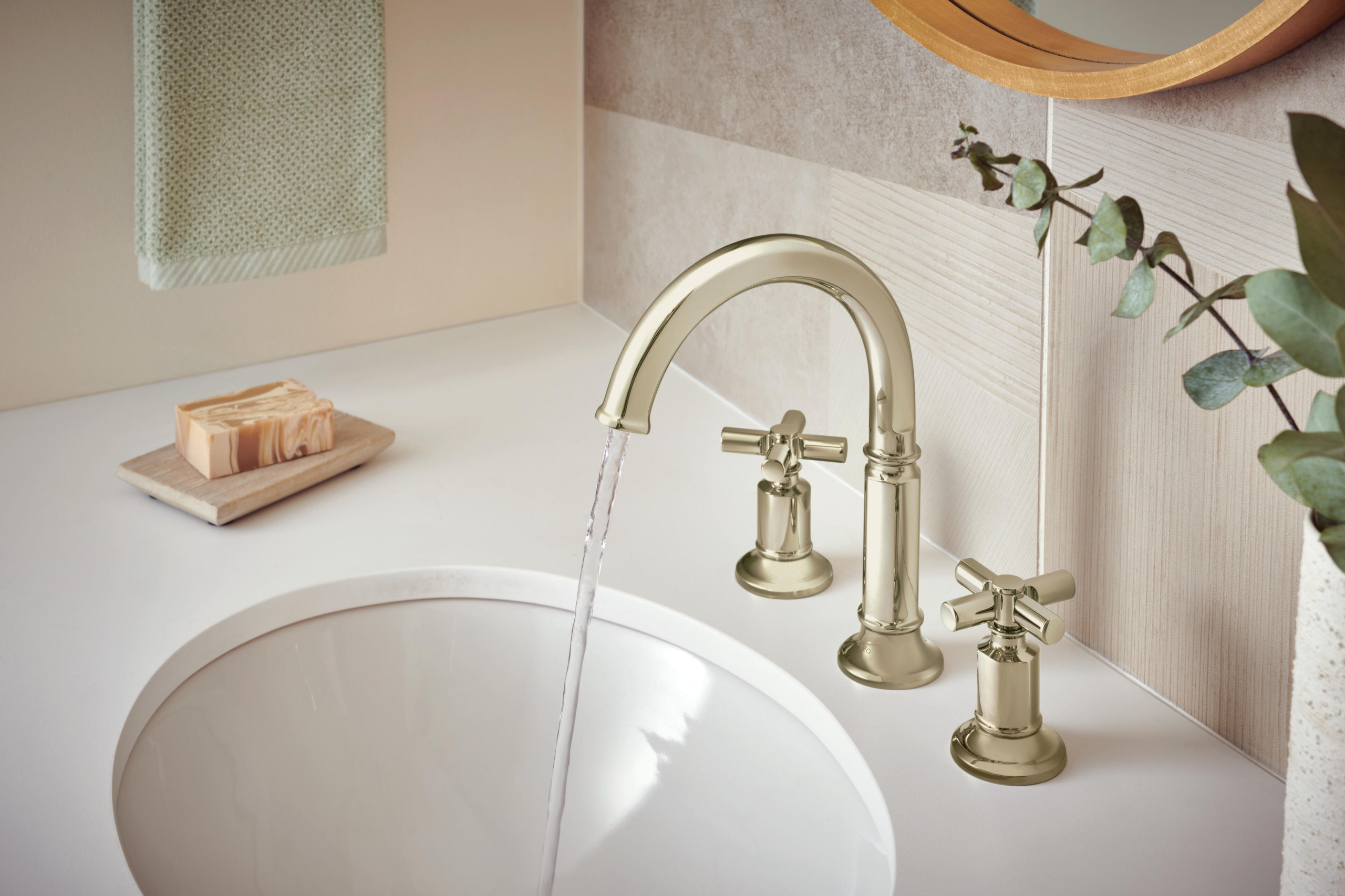When it comes to renovating or building a new bathroom, one crucial consideration is how to choose a bathroom faucet. This seemingly simple decision can greatly impact the overall aesthetic and functionality of your bathroom. With numerous styles and features available, the task may seem daunting. However, understanding your needs can streamline the selection process.
The faucet you choose plays a significant role; it complements your bathroom decor, influences water flow, and impacts energy efficiency. Whether you're looking for a sleek modern design or a vintage-inspired piece, knowing how to select the right faucet is essential.

1. Determine Your Needs
The first step in how to choose a bathroom faucet is determining your specific needs. Ask yourself the following questions:
- What style do I want?
- How much am I willing to spend?
- Do I prefer single or double handles?
- What are the water pressure requirements?
By clarifying your preferences, you can focus on options that meet both your aesthetic desires and functional needs.
2. Different Styles of Bathroom Faucets
Understanding the various styles of bathroom faucets is crucial in the selection process. Here are some popular options:
- Single-handle faucets Sleek and easy to use, ideal for small spaces.
- Double-handle faucets Classic design; offers better control of water temperature and flow.
- Wall-mounted faucets Perfect for a minimalist look, saves counter space.
- Bridge faucets Combines vintage aesthetics with modern functionality.
For more detailed insight, check out identifying faucet brands.
3. Water Efficiency and Flow Rate
Water efficiency is a significant concern today. Many faucets are designed to conserve water without compromising performance. Look for the WaterSense label, which indicates that the faucet meets specific criteria for water flow and efficiency. Typically, a flow rate of 1.2 gallons per minute (GPM) is considered efficient.
For more guidelines on efficient fixtures, visit the EPA WaterSense program.
4. Finish and Material
The finish and material of your faucet contribute significantly to its durability and visual appeal. Common finishes include:
- Chrome Highly reflective and complements various decors.
- Brushed nickel Offers a sophisticated look while resisting fingerprints.
- Oil-rubbed bronze A warm, traditional finish suitable for rustic designs.
Understanding the maintenance required for each finish will also influence your decision.
5. Installation Type
Faucet installation can range from simple DIY tasks to complicated plumbing work. Consider whether you want a drop-in style or require professional installation. Knowing the layout of your bathroom and existing plumbing can help streamline the process.
For a better understanding of installation costs, you can read about plumber charges.
6. Budget Considerations
The budget is often a decisive factor in how to choose a bathroom faucet. Prices can vary widely, from inexpensive models under $50 to high-end designer faucets costing several hundred dollars. Factor in the cost of installation and maintenance when setting your budget.
7. Trends to Consider
Staying updated with current trends can help you make an informed choice. Some popular trends in bathroom faucets include:
- Matte finishes for a sophisticated look.
- Smart faucets that offer touchless features for convenience.
- Artistic designs that serve as statement pieces.
For further insights on the latest designs, check out Hansgrohe products.

FAQs
What is the average price range for a bathroom faucet?
The price range for bathroom faucets can vary from $50-$500 or more, depending on the material, brand, and features.
How do I ensure my faucet is water-efficient?
Look for models with the WaterSense label or those designed with aeration technology to reduce water usage.
Can I install a bathroom faucet myself?
Yes, many DIY enthusiasts can install faucets themselves. However, if plumbing modifications are needed, it is advisable to hire a professional.
If youre interested in common issues with bathroom faucets, check out this guide on fixing loose faucets.
As an Amazon Associate, I earn from qualifying purchases.
As an Amazon Associate, I earn from qualifying purchases.






